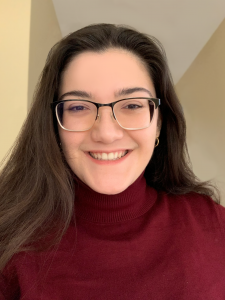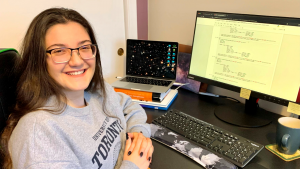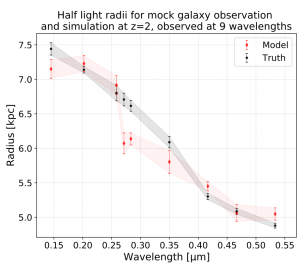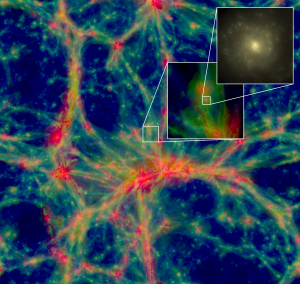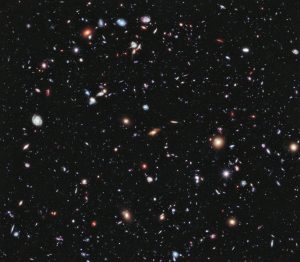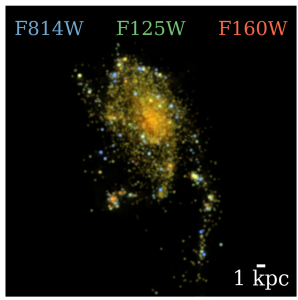Daniella is a fourth year undergraduate student at the University of Toronto, specializing in Astronomy & Physics, with minors in both Mathematics and French Language. Daniella was born and raised in the suburbs of Toronto and is passionate about reading, listening to music, and stargazing! Being an adamant fan of science-fiction and all things space, Daniella is ecstatic about being a part of SURP this summer, studying galaxy evolution under the supervision of Dr. Lamiya Mowla and Dr. Kartheik Iyer.
What made you decide to participate in SURP?
Throughout high school and undergrad, I have been exposed to many different fields and subjects, none of which truly resonated with me until I happened upon astronomy. Instantly, I was struck and fascinated by the entire field – from cosmology to galaxies to stars to planets. But I always felt that just learning this content from a textbook or notes was not enough: I wanted to know more! I wanted to experience the wonder of astronomical discoveries myself, through research, through SURP.
What is your favourite thing about SURP?
Participating in SURP this summer has been such a wonderful experience and it’s such a challenge to pick one favourite of the many things that have made this experience so impactful. One aspect that truly stood out to me and has made this summer so enjoyable is the sense of community in the Astronomy & Astrophysics department. In every event and meeting I attended, there was always a friendly face or a new friend to be made. I am so grateful to everyone who has been so friendly and supportive this summer, especially my supervisors Lamiya and Kartheik, who have not just contributed to this wonderful community but helped to foster its welcoming atmosphere.
Can you tell us about your research project?
My research project is working towards better understanding galaxy evolution from their morphology, under the supervision of Dr. Lamiya Mowla and Dr. Kartheik Iyer. By comparing both the mass- and light-weighted morphologies of galaxies in simulations, mock observations and real observations, we hope to untangle some of the mysteries regarding galaxy evolution. This summer, I have been comparing measurements from simulated galaxies and mock observations of galaxies, from the SIMBA suite of cosmological simulations, to develop a pipeline that can be applied to real galaxy observations. Our next steps are to use this pipeline on the 9000+ galaxies in the Hubble eXtreme Deep Field, in the hopes of mapping out the growth of galaxies over a wide range of redshifts.
Can you explain how SURP has perhaps been different from your undergrad work?
Undergrad and school work in general feel like deadline after deadline, almost a race keep up with the next task to get done. Often, that leaves no room to truly sit and embrace the content being learned – and even then, the content is bounded by what has already been discovered. SURP, in contrast, has been such a powerful learning opportunity, where you constantly analyze the content to find meaning and merit behind the work you’re doing. And this work you’re doing has never been done before. Research as a form of learning is truly exhilarating and beyond mentally stimulating. To be pushing forward with new discoveries is absolutely spectacular and it is a rank of education that class work can never reach.
What are your plans for the future?
Though not set in stone, once I finish my undergrad, I hope to continue my studies through grad school and get a PhD in Astrophysics. After that, who knows? I have pondered on options ranging from continuing in research and facilitating a diverse group of researchers, all the way to working for NASA or the Canadian Space Agency! Regardless of where I end up in the future, my main goal is to inspire and fuel future generations of scientists to follow their passions and continue making new discoveries!
For more 2021 SURP Student Spotlights, visit dunlap.utoronto.ca/training/surp/

